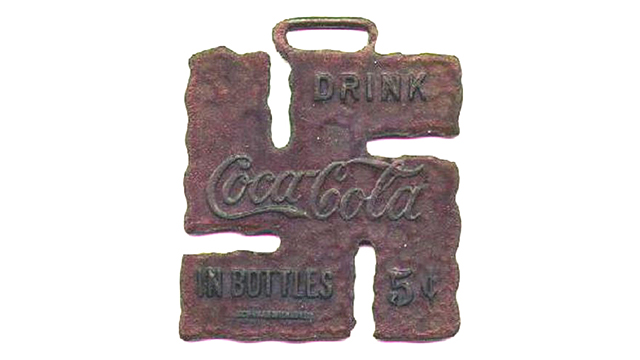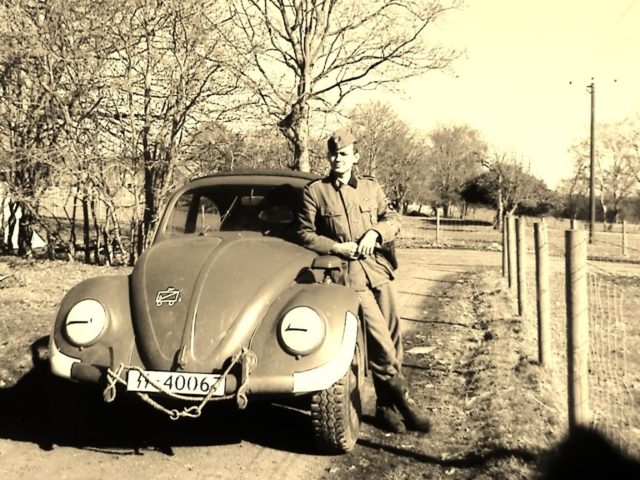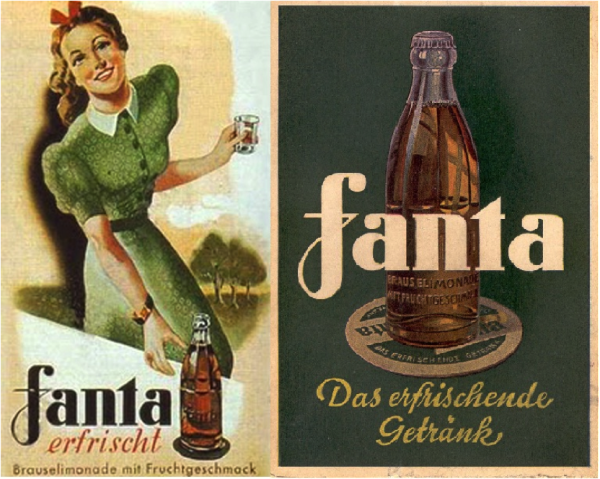Kodak
The famous camera company’s German branch actually used slave labor from German concentration camps. Several European branches of Kodak did extensive business with the Nazi government.
Wilhelm Keppler, a top economic advisor of Hitler’s, had deep ties to Kodak. During the rise of Nazism, Keppler actually advised Kodak along with several other companies that it was to their benefit to fire all of their Jewish workers. (Source: The Nation)
Hugo Boss
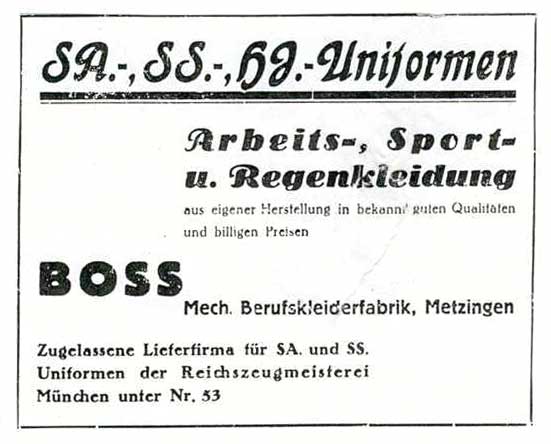
In the 1930’s, Hugo Boss began to make Nazi uniforms. The reason? Hugo Boss himself was a member of the Nazi party!
As a result, he won a contract to manufacture the Hitler Youth, storm trooper and SS uniforms! The contract was life changing for Boss who had won it eight years after starting his company.
The huge contract helped him take his company to a new level. Business was so huge for Boss that he actually imported slave labor from Poland and France to staff his factories.
Reflecting back and in answer to criticism, Hugo’s son Siegfried Boss responded to an Australian news magazine, “Of course my father belonged to the Nazi party. But who didn’t belong back then?” (Source: New York Times)
Volkswagen
Ferdinand Porsche, the man who made both the Volkswagen and Porsche household names, met with Hitler about creating a “people’s car” – aka, a Volkswagen.
Hitler’s feedback and guidance to Porsche was to make the car with a streamlined shape “like a beetle.” And thus came about the famous Volkswagen Beetle, designed in part and actually named by Hitler himself!
A sad footnote to this story is that throughout WWII an estimated four out of five workers at Volkswagen’s manufacturing plants were all slave labor.
Porsche had direct access to the feared SS leader Heinrich Himmler who pulled slaves directly from Auschwitz to staff Porsche’s factories. (Source: The Straight Dope)
Bayer
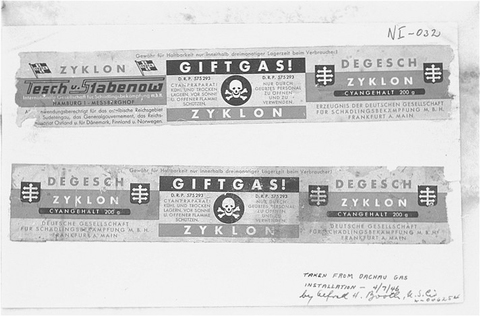
At the height of the war and Holocaust, a company name IG Farben manufactured the infamous Zyklon B gas the Nazis used in the gas chambers.
They also funded Josef Mengele’s “experiments” on unsuspecting and unfortunate concentration camp prisoners. IG Farben was the single biggest beneficiary of the war financially speaking turning the largest profits from their work with the Nazi government. Following the war, they broke up.
Bayer, one of its divisions, spun off into its own company. Ironically enough, Bayer’s most important invention and product, aspirin, was invented by Arthur Eichengrun – one of their Jewish workers.
Bayer could not bring itself to admit a Jew invented their biggest invention and product that keeps them in the black, so they credited it to another employee Felix Hoffman, an Aryan man. (Source: Alliance for Human Research Protection, Pharmaceutical Achievers)
Siemens
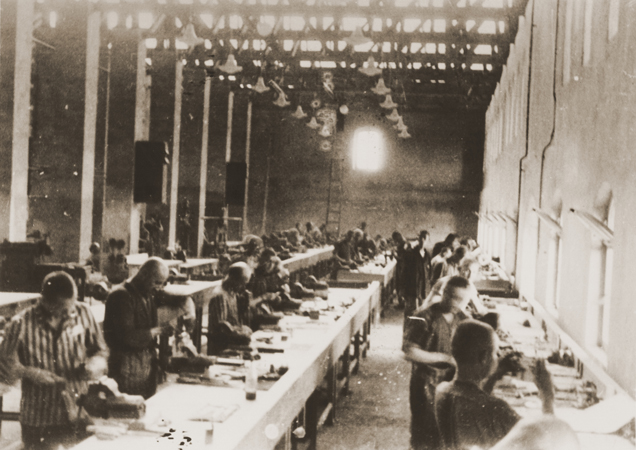
Siemens nefariously used concentration camp slave labor during the Holocaust to build the gas chambers that would be used to exterminate both themselves and their loved ones.
Half a century later Siemens would win the “how dare they” award for trying to trademark the name “Zyklon”(German for cyclone) for a new line of products they hoped to launch – including a line of gas ovens. Zyklon is, of course, the name of the poison gas developed to kill the Jews in the gas chambers.
After watchdog groups had raised arms about the attempt to trademark the name, Siemens withdrew their application. The company backpedaled maintaining they never drew the connection between the Zyklon B gas used during the war and their proposed new line of Zyklon products. (Source: BBC)
Coca-Cola, specifically Fanta.
Coke did business with both the Allies and Axis during the war. They supported the American troops but continued to do business with and sell soda to the Nazis.
In 1941 the unthinkable happened, Coke Germany ran out of syrup and couldn’t get new supplies from America due to wartime restrictions.
The solution? They invented a new syrup specific to the German market – a new fruit flavored drink named Fanta. Yes, long before the drink became associated with exotic women singing a cheesy jingle, Fanta was the unofficial soda pop of Nazi Germany! (Source: Wikipedia / The Daily Mail)
Ford
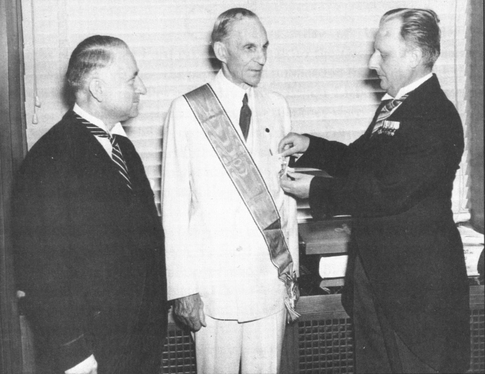
Henry Ford was well-known in his time to be anti-Semitic so his appearance on this list should be no surprise. Ford was Hitler’s most prominent foreign supporter.
On the occasion of his 75th birthday, Ford received a Nazi medal for “distinguished foreigners.” Ever the savvy businessman Ford profited off of both sides of the war producing vehicles for both the Allies and Nazis. (Source: Reformed Theology)
Standard Oil
The Luftwaffe required tetraethyl lead gas to get their planes up in the air. Standard Oil was one of only three companies in the world that manufactured that type of gas – and so they did.
Had it not been for Standard Oil the German air force would have literally been grounded. Standard Oil eventually dissolved as a monopoly and its child companies: ExxonMobil, Chevron, and BP all remain in business to this very day.
Sadly for them though their parent company’s decision to profit massively off of the war did not pass on to the present. (Source: MIT’s Thistle)
Chase bank

Many banks supported the Nazis during the Second World War. Chase was the most prominent of them.
The Paris branch of Chase was doing deals with the Nazi government with the knowledge of the lead office in the U.S. both before and after Pearl Harbor. Incredibly this was just the tip of the iceberg of how far in bed Chase was with Hitler’s Third Reich!
Over the years Chase was accused of freezing many Jewish accounts in Europe destroying their chances to get to safety in an Allied country and literally survive.
A BBC report showed that at least 100 Jewish accounts were frozen by Chase during the war. (Source: New York Times)
IBM
During the war IBM custom-built machines for the Nazis so they could keep track of everything from oil supplies to train schedules into death camps to Jewish bank accounts to individual Jews themselves.
When the Germans invaded Poland in 1939 the New York Times reported that approximately 3 million Jews would be “immediately removed” and would likely be “exterminated.” IBM’s response?
An internal memo was circulated citing the current “situation” meant they needed to step up their production on high-speed alphabetizing equipment. (Source: CNet)
Random House Publishing
Bertelsmann A.G., the parent company of Random House, worked for Hitler’s Third Reich – they published his propaganda including a book called “Sterilization and Euthanasia: A Contribution to Applied Christian Ethics.”
The company still owns and operates several companies. In 1997 Random House controversially updated the definition of Nazi in Webster’s Dictionary. Their revised definition added the colloquial, softened definition of “a person who is fanatically dedicated to or seeks to control a specified activity, practice, etc.” (Think “Soup Nazi.”)
The Anti-Defamation League denounced the expanded definition as offensive – especially coming from a company that had Nazi ties.
In a response they stated that it quoted, “trivializes and denies the murderous intent and actions of the Nazi regime… it also cheapens the language by allowing people to reach for a quick word fix… [and] lends a helping hand to those whose aim is to prove that the Nazis were really not such terrible people.” (Source: New York Observer, ADL)
